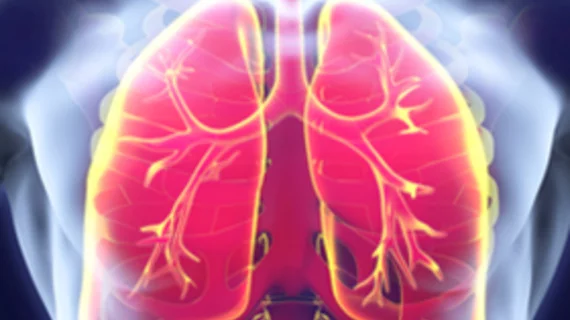Radiomics model IDs early-stage lung cancer patients who may need aggressive treatment
Researchers from H. Lee Moffitt Cancer Center and Research Institute have harnessed the quantitative data within medical images to spot lung cancer patients who may be at higher risk for worse outcomes.
To create their tool, a team from the Tampa, Florida, center used National Lung Screening Trial data to generate radiomic features from patients who were diagnosed with early stage cancer. Typically, low-dose CT is used during lung cancer screening and is linked with a 20% reduction in death. But even this approach can overdiagnose patients.
Writing Monday in Nature Scientific, the cancer specialists say their approach can use non-invasive biomarkers within screening images and direct physicians to pursue more aggressive treatment and follow-up for high-risk individuals.
“Identifying predictive biomarkers that detect aggressive cancers or those that may be slow developing and non-emergent are a critical unmet need in the lung cancer screening setting," Matthew Schabath, PhD, an associate member of the Cancer Epidemiology Department at Moffitt, said in a statement. "Additional research is needed to inform us on the potential translational implications of this model, but it could make a major impact on saving lives by identifying lung cancer patients with aggressive disease while also sparing others from unnecessary therapy."
Schabath and colleagues generated a number of radiomic features from patients who underwent lung cancer screening via either low-dose CT or standard chest x-ray. Those included, size, shape, volume, and textural characteristics calculated from data within and around lung cancer tumors.
After removing redundant and difficult to reproduce features, the team landed on a model with two specific features that stratified patients into either low-risk, intermediate-risk or high-risk groups.
Given that an estimated 10% to 27% of lung cancers are overdiagnosed during lung cancer screening, using radiomics may be the safest approach for patients, they noted.
“Our rigorous approach generated a novel radiomics model that identified a vulnerable high-risk group of early stage patients associated with poor outcomes,” the authors wrote June 29. “These patients may require aggressive follow-up and/or adjuvant therapy to mitigate their poor outcomes.”

